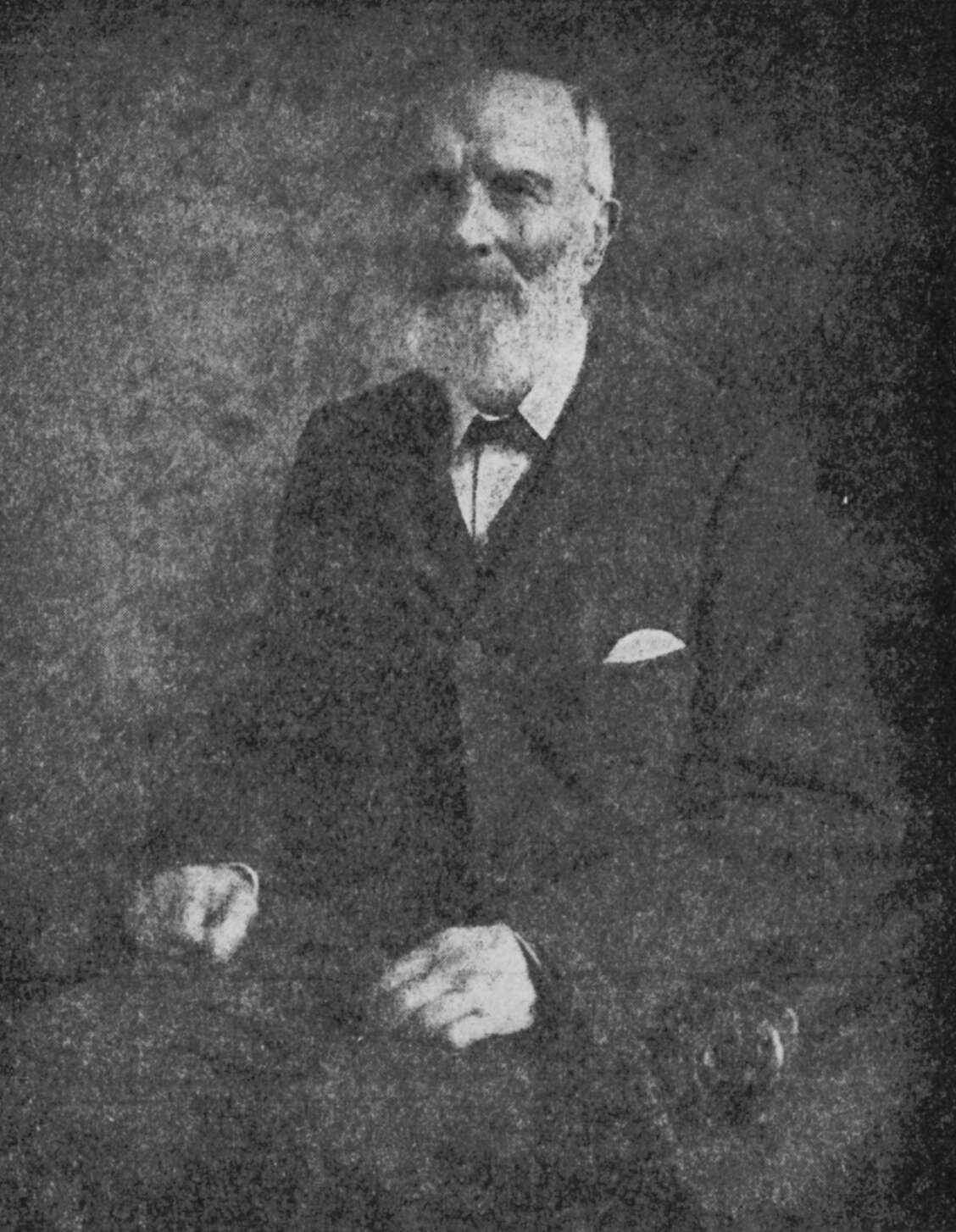James Stout Angus was an exceptional son of Nesting: he was a greatly respected joiner, a housewright, an architect, a lexicographer, a fine writer and a poet. He has a direct connection to CDCN, as he drew the original plans for the Aald Skül.
James was born at Catfirth on the 20th September 1830 and died in Lerwick on the 26th December 1923. 93 years is a long life, but it could be said that James achieved far more than one might expect in so short a time. He was born at the Haa o Catfirth, a property that had been leased by his family since 1782, and retained until 1890. His father, Hercules Angus, traded as a general merchant at Catfirth. His mother, Janet, is accredited with bringing Methodism to Nesting. They could afford some tuition for their son James; this tutor being Robert Laing, a schoolmaster, land surveyor and teacher of navigation. James went on to assist his schoolmaster uncle in Reawick for a time, then bound himself as a housewright or joiner, before embarking on emigrant and East Indian ships as a ship's carpenter. He married in 1866 and set up in business as a housewright at No. 6 Commercial Street.

James Stout Angus first published poetry in the press in the 1870s. He's credited by Laurence Graham as having composed the “first truly original poem written in what we know as the Shetland dialect”, that being "Eels", published in 1877. Around that same time he was doing these plans (floor plans, sections) for our Aald Skül; now, more interesting than the plans themselves is what he saw fit to write on the back of one of them — a fascinating little essay on halibut bones, with a couple of corrections to his dictionary thrown in! He published his Etymological Glossary of Some Shetland Placenames in 1910, followed by his Glossary of the Shetland Dialect four years later. In 1903, in the Shetland News he published this charming article Bijla-r-am a Krun. The poems in "Echoes from Klingrahool" were not intended for publication, but ended up being published, and that book was reprinted twice more — showing how popular they were. He wrote in the local press under the pseudonyms "Junda" and "Dey".
[We'll add further content to this biography in the future]



